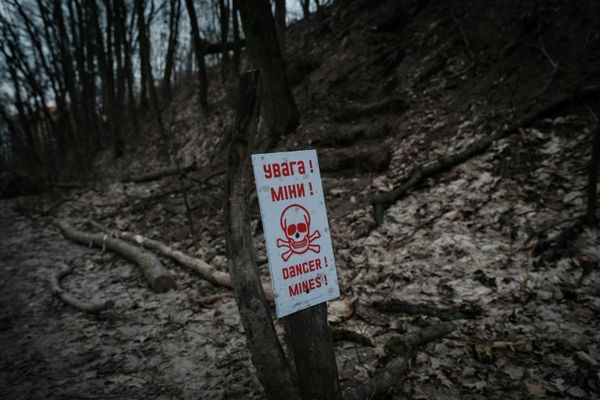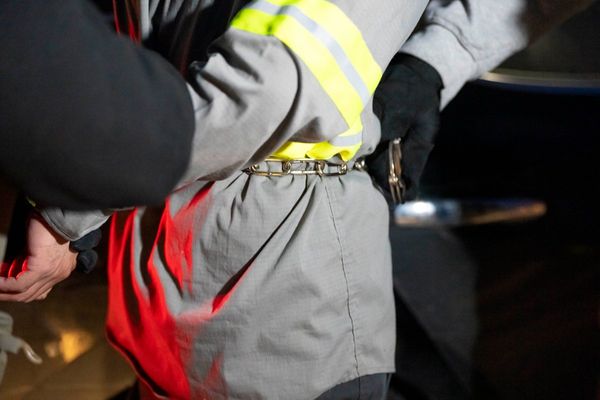
In the seven years since the Independent Inquiry into Child Sexual Abuse launched in 2015, it has held more than 300 days of public hearings, processed over 2 million pages of evidence, heard from over 700 witnesses, and engaged with over 7,000 victims and survivors.
One of the most pressing issues the inquiry has raised is that of online-facilitated child sexual abuse. The use of hidden services to distribute online child sexual abuse material globally increased by 155% between 2019 and 2020.
In 2021 alone, Inhope – an organisation that supports 50 hotlines in 46 countries around the world to remove child sexual abuse material from the internet – handled almost 1 million URLs featuring suspected child sexual abuse and exploitation. And the scope and scale of online child sexual abuse show no sign of abating. Of the images and videos reviewed by the Inhope hotlines in 2021, 82% had not seen before.
A growing threat
In the wake of the scandals involving Jimmy Savile, Rolf Harris and other celebrities, the inquiry was commissioned by the UK government in 2015, to scrutinise the extent to which state and non-state institutions had failed to protect children.
On October 20 2022, this inquiry published its final report. Underlining that child protection should be made a national priority, its report puts forward 20 recommendations, designed to make England and Wales places where children can grow up safely and thrive. These both take in lessons from the past and seek to address evolving challenges, of which online sexual abuse is the most urgent.
Research with survivors shows that when documentation of their abuse is shared online, it affects them differently than the abuse they originally suffered. The images are permanent and the sharing never ends. Online distribution of this kind of material thus results in children being re-victimised each time it is viewed.
The sheer scale of offending in this sphere, and the opportunities afforded to offenders to hide their activities with end-to-end encryption, means that the deck is heavily stacked against a law-enforcement response alone. The inquiry has asserted as much.
The report thus focuses attention on the responsibility of platform providers. It recommends that it become mandatory for all search service and user-to-user service providers to screen any material at the point where it is uploaded. The hope is that this will prevent any child-abuse material from ever getting into the public domain.
This recommendation, of course, only addresses the supply side of the equation. What is also needed is an approach that actively reduces the demand for child sexual abuse material.
Research has a key role to play here. By looking for patterns and insight into the behaviour of people who intend to abuse children, as the collaboration between the Child Rescue Coalition non-profit and the Policing Institute for the Eastern Region is doing, academics can help with the development of tools to support law-enforcement investigations.
Research can also help to design interventions for people who share and consume this abuse material. The Redirection survey (2021) by the Helsinki-based non-profit, Suojellaan Lapsia (meaning “Protect Children”), canvased the views of over 8,000 people on the dark web who accessed abuse images. This survey found that only 13% had sought help but that 50% wanted to stop and 62% had tried to stop but failed. These findings have helped with the development of a self-help programme for people who search for, view, and distribute child sexual abuse material.
A 2021 threat assessment by the We Protect Global Alliance organisation stated that online child sexual abuse represents “one of the most urgent and defining issues of our generation”. Finding ways to tackle the devastating harm caused by this type of abuse, at the root, is crucial. For a sustainable, long-term prevention strategy to make any kind of headway, preventing harm in the first place needs to be prioritised.
Samantha Lundrigan receives funding from The Dawes Trust
This article was originally published on The Conversation. Read the original article.







